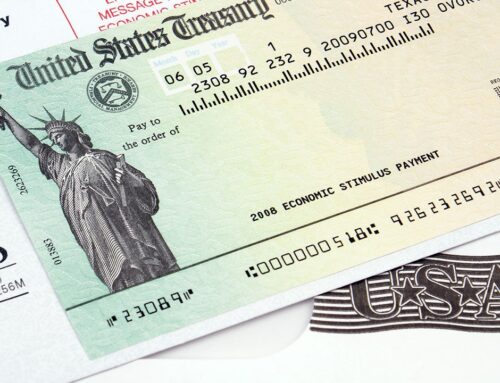As year-end approaches, taxpayers generally are faced with a number of choices that can save taxes this year, next year or both years. Employees too are faced with these choices. To help our clients who are employees take advantage of these special tax saving opportunities, we have put together a list of items to consider.
Please review the list and contact us if you need additional information on one or more of the items.
Health flexible spending accounts. Many employees take advantage of the annual opportunity to save taxes by placing funds in their employer’s health flexible spending arrangement (health FSA). You save taxes because you use pre-tax dollars to pay for medical expenses that might not be deductible. They would not be deductible if you don’t itemize. Even if you do itemize, some medical expenses would not be deductible because of the 10% adjusted gross income floor beneath medical expense deductions. Additionally, participating in a health FSA can also save on FICA taxes.
If you have set aside funds in your employer’s health FSA, check your balance so that you have sufficient time to incur additional reimbursable expenditures to prevent loss of any unused amount under the use-it-lose-it feature of these plans. Keep in mind that you cannot get tax-free reimbursements for aspirin, antacids and other over-the-counter items unless your healthcare provider gives you a prescription for them. Your plan should have a listing of qualifying items and any documentation from a medical provider that may be needed to get a reimbursement for these items.
To avoid the lose-it-use it rule, you must incur qualifying expenditures by the last day of the plan year unless the plan allows an optional grace period. Any grace period cannot extend beyond the 15th day of the third month following the close of the plan year (e.g., March 15 for a calendar year plan). A new exception to the use-it-or lose-it rule permits health FSAs to allow a carryover of a participant’s unused health FSA moneys, up to a $500 (or lower plan) maximum.
Examining your year-to-date expenditures now will also help you to determine how much to set aside for next year. Don’t forget to reflect any changed circumstances in making your calculation.
Adjustments to state withholding. If you expect to owe state and local income taxes when you file your return next year, ask your employer to increase withholding of state and local taxes (or pay estimated tax payments of state and local taxes) before year-end to pull the deduction of those taxes into this year.
Adjustments to federal withholding. If you face a penalty for underpayment of federal estimated tax, you may be able to eliminate or reduce it by increasing your withholding. You should especially review your withholding to ensure that enough tax is withheld if you hold multiple jobs, you and your spouse both work, or you can be claimed as dependent by another person.
401(k) contributions. The pre-tax and Roth 401(k) contribution limit for 2014 is $17,500. Employees age 50 or older by year-end are also permitted to make an additional contribution of $5,500 (for a total limit of $23,000). Review and make appropriate adjustments to your contributions to your employer’s 401(k) retirement plan for the remainder of this year. Figure your contribution rate for next year as well. Keep in mind the amount you need to save for the age at which you plan to retire.
Additional Medicare Tax: Just a reminder that, as part of the Affordable Care Act, an additional Medicare tax went into effect in 2013 and applies to wages and compensation (as well as self-employment income) paid in excess of an applicable threshold (above $250,000 for taxpayers filing married-filing-jointly and above $200, 000 for single filers). Employers are obligated to withhold on wages and compensation in excess of $200,000 for all affected employees, without having to determine the employee’s ultimate filing status or wages or compensation paid by another employer during the year. If you may be subject to this tax, but the amount withheld may be over or under the amount of your projected tax liability, you may wish to modify your Form W-4, accordingly.


